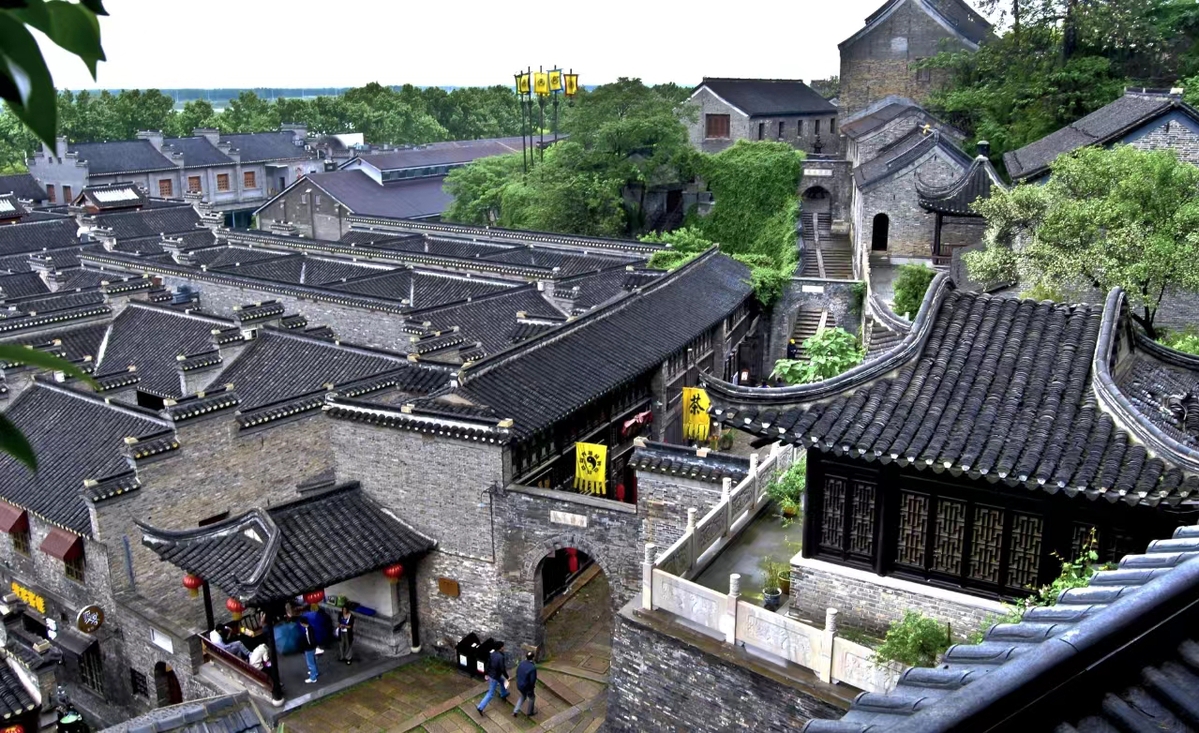

Once a bustling hub on the Yangtze River, the Xijin Ferry in Zhenjiang, Jiangsu province helped shape the area's culture, architecture and folk customs. During the Yuan Dynasty (1271-1368), when the renowned Italian traveler Marco Polo arrived in Zhenjiang from Yangzhou, he disembarked here. Though the ferry is gone now, its charm remains preserved.
Today, after years of restoration, the area has become the Xijin ferry historical and cultural block, a hotspot for locals and tourists. Here, visitors can both immerse themselves in the ancient ferry culture and enjoy various leisure activities.
Zhai Dezhi, general manager of Zhenjiang City Construction Industry Group, explains that the local government started renovating and protecting the entire district back in the 1980s. Now, the revamped area offers cultural displays, traditional markets, tourism spots and creative spaces. Not only does it serve the locals, it also enhances the charm of Zhenjiang's old city area.
"We're focused on blending culture and tourism, aiming to create a central leisure hub that showcases the nighttime economy. We've crafted many unique Zhenjiang experiences," he said.
"The area is buzzing with life. Some even say they love Zhenjiang more because of the Xijin Ferry," Zhai added.
During this year's Spring Festival holiday, this area welcomed 260,000 tourists, marking a 73 percent increase compared to 2023. More than 70 percent of them were from outside the city and the district's overall tourism revenue reached around 8 million yuan ($1.1 million).
Dai also mentioned their plans to develop unique night tour projects for the Xijin Ferry, nurturing nighttime tourism industries like sightseeing, cultural experiences, special dining and trendy shopping within the district.
The Xijin ferry historical and cultural block holds more than 1,300 years of history, starting from the Tang Dynasty (618-907), serving as crucial evidence for studying China's transportation history along the Yangtze River and the Grand Canal. The district boasts nearly 40 protected cultural relics.
According to Wang Minsong, a member of Zhenjiang's cultural heritage protection expert group, the preservation of historical districts involves maintaining the authenticity of cultural relics, the distinctive features of historic buildings, the integrity of spatial layouts and the local lifestyle.
"Adhering to the principle of 'rescue first, protection as a priority,' we focus on restoring cultural relic buildings in the Xijin Ferry district," Wang explained.
"All the preserved cultural relic buildings in our district are in use, none are left vacant," he emphasized.

Liyingxue@chinadaily.com.cn